Prepare for the Return: How to Help Your Dog Readjust After Quarantine
It’s no secret: our dogs love us. Something your furry friend has probably loved about a quarantined world is having you at home more than usual. Whether you started working from home or simply stayed in more, your dog has most likely developed quite the attachment to spending more time with you. But what happens when that time together stops?
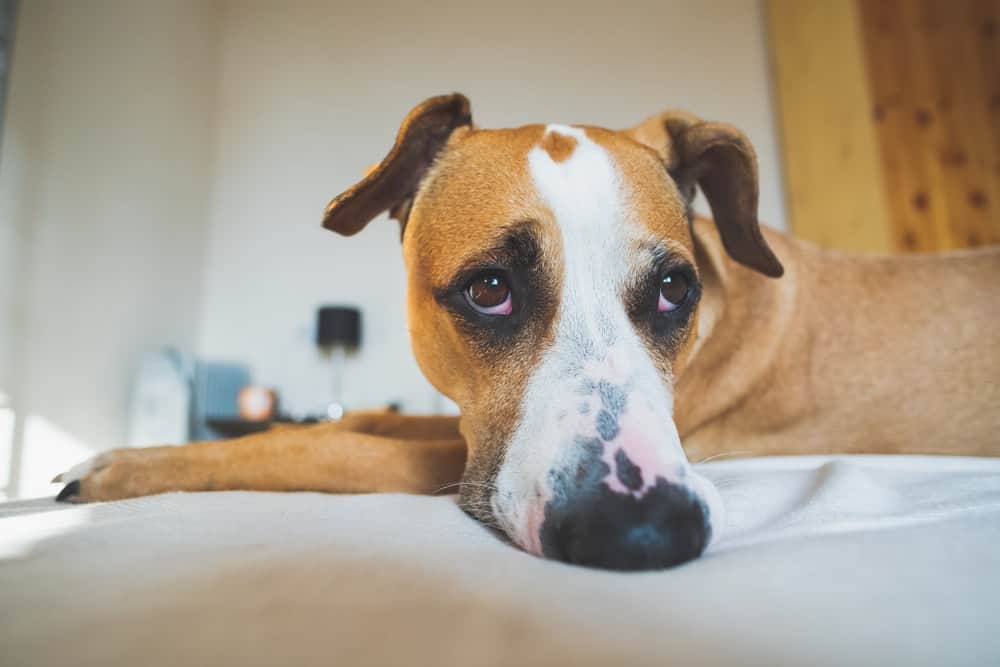
With the world reopening, many dogs will be left at home again. After getting used to having their humans near, the transition back will not be an easy one for our furry friends. We may see dogs increasingly become destructive, loud, or even have some “accidents” indoors. Separation anxiety in dogs, an issue expected to rise as we return to work and other engagements away from home, can truly affect your loved ones.
Does my dog have separation anxiety?
How can you know if your dog is having a hard time readjusting? Here are some signs common with separation anxiety in dogs:
● Barking. While dogs can bark, of course, at many things, any barking or whining without an external reason should grab your attention. Barking is the most vocal way a dog can communicate, and if it seems your dog is not barking at anything in particular by themselves, this could be your dog trying to let you know something is wrong.
● Accidents. Another way a dog may show something’s wrong is a change in how they use the “bathroom.” If your dog is used to always going outside or using pads and has suddenly started to break away from that, there may be an underlying problem. Your dog may have developed a fear that has become associated with those needs, such as thinking you won’t be home in time to let them out.
● Destruction. Coming home to chewed up shoes, dug up couch cushions, or scratches on your door? Your furry friend may be channeling anxious or stressed energy into destroying items in your home. Keep in mind some of these items may be strongly associated with your smell, which is why your pup may be letting out their energy onto them first.
● Movement. When filled with nervous energy, your dog may start to pace in a pattern at your home when you’re not there. You may see a pathway your dog has been doing over and over again on rugs or carpets, or even on furniture. You may also see signs your dog is trying to escape, such as through scratches or chewing at your windows and doors.
How can you help?
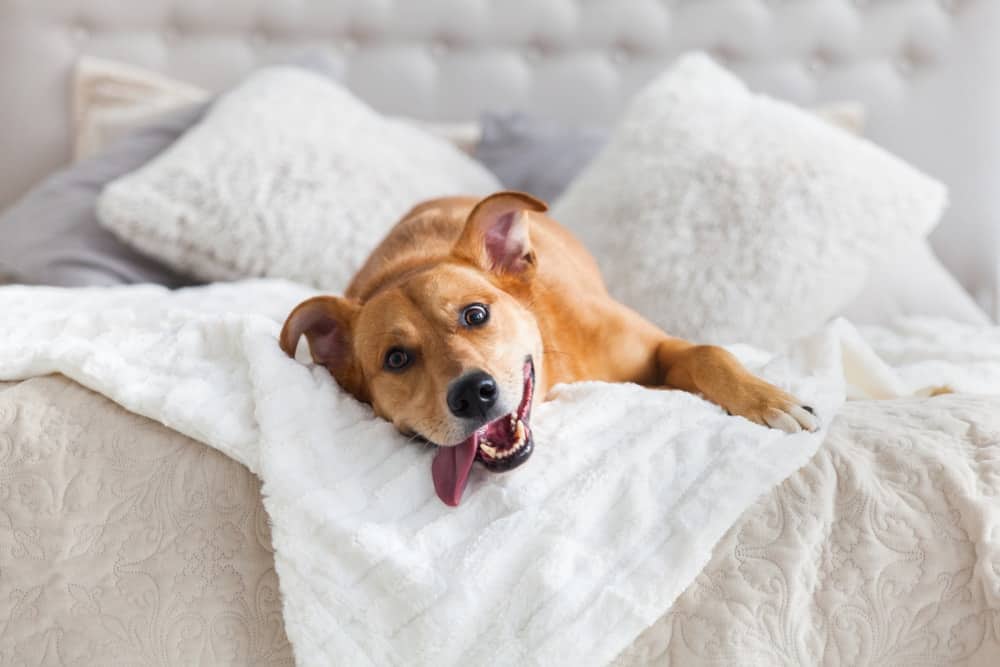
First of all, if your dog is showing signs of separation anxiety, don’t feel too guilty. Humans and dogs alike had trouble adjusting to the “new normal” during quarantine; it’s okay if your dog (or you!) is having trouble getting back into previous routines. There are ways you can make this easier for your furry friend.
1. Routine. Before you started being home so often, your dog was used to you being away. Build up back to that habit. If your dog shows signs of distress when you pick up your keys to leave, go ahead and ease into it.
Grab your keys and walk out as if you were leaving, and make sure to include sound-based acts such as locking your front door and walking away. Leave for short periods of time at first, slowly lengthening that time as the days go by. Let your dog re-learn that you will be back!
2. Exercise. If your dog has a lot of energy inside, whether it be out of stress or not, a good idea would be to give your canine buddy some extra exercise. A little bit of extra care every day can help relieve some pressure and tire your pooch out enough to push away those destructive tendencies. Plus, it can add to some quality time between the two of you, which can help calm the anxiety that comes with you being away. Having you home while working on a computer and having you home playing fetch are two very different scenarios for your pup.
3. Toys. Try to give something for your dog to enjoy each time you leave your home. Toys focused on long-term enjoyment, such as cones that can hold treats inside for your dog to dig and chew for, can help distract your pup. Leaving something in your home with your scent, such as a recently used blanket or piece of clothing, to give your dog a connection to you while you’re away.
4. Supplements. If your dog is showing some very destructive tendencies, your favorite canine may be needing some extra help. Supplements can aid in calming your dog while you’re away, giving your dog an even better chance at getting used to the new routine more quickly.
Getting used to a new normal can be hard for all of us, but these steps can help your dog get through that tough time more easily. Keeping our dogs happy and healthy during these times is of the utmost importance. Trying these steps one by one can help narrow down the reason behind your dog’s anxiety. If you’re looking for some extra help, one company really dedicating themselves to help reduce stress in dogs is Valida Pets. Deciding to use human-grade quality supplements can be a way to give you peace of mind when it comes to leaving your furry friends at home and make the transition even easier for you. Some dogs could benefit greatly with a mix of methods; for more information on supplements or tips on how to help your pup readjust, visit validapets.com for more!
About Valida Pets
www.validapets.com or Instagram @validapets
Worldwide we dogs face a big problem. You leave us. Often it’s for a long day at work. Sometimes you take us to the sitters while you go on vacation. Either way we are sad, sometimes depressed, and with the anxiety of not knowing when you’ll be back. We know you see it in our eyes and hear it in our whimpers.
We created Valida Pets because if our furry family members could talk we believe they might have shared that story with us. We couldn’t find a solution or company we believed in so we had to create a company that could make a change. Our core belief is that ‘Every Dog Should Have a Happy Life’. Our best in class supplement was created to help your dog. Our socially responsible company was created to not only help your dog but to help save the lives of stray puppies worldwide.

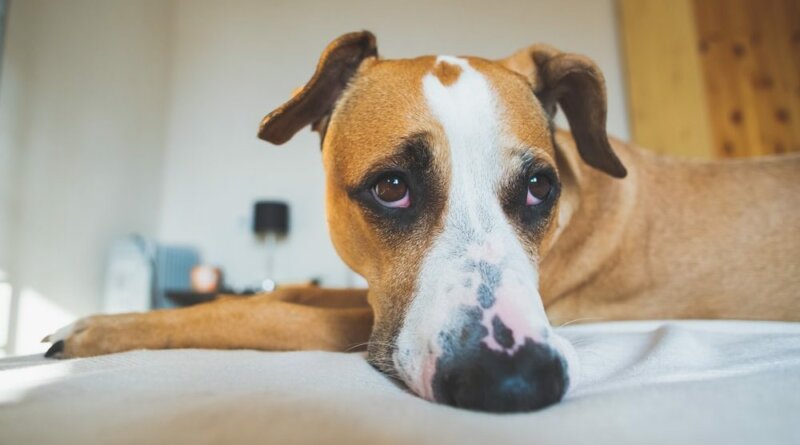
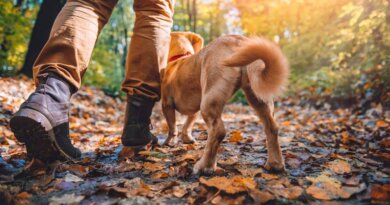

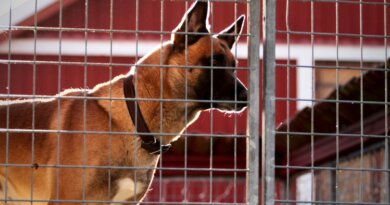
comprimidos Remeron 30 mg sao para tratar a major.
A Remeron no tratamento do transtorno foi estabelecida em estudos controlados pacientes
1
E4 is a cutting-edge device that brings a new level of comfort and energy,
E4
count your rainbows free download
is it rare to see the end of a rainbow
life musik mp3
1 freemp3
one nation party members
life musik mp3
ai mbah dewa
mbah jitu hk hari ini
mbah jitu sgp hari ini
gie full download
film gie full movie lk21
nonton soe hok gie full movie
khotbah 7
ringkasan kejadian 7 ayat 1-24
7.5 of 24
minute for background free
1 minute background music mp3 free download
life musik mp3
movie free downloadmp3
south african songs of all time
life musik mp3
to mp3 song free
top 100 country songs of all time free download
life musik mp3
1 songs free
4 na 5 apena mp3 download
life musik mp3
bikin channel
cara bikin 3 feed instagram
cara membuat 3 feed instagram nyambung canva
ka mp3 song free
dus ka dum ki song download
life musik mp3
kahaniyaan songs mp3 free
number 1 songs 1973
life musik mp3
caramelia biyang asli
cara memasukkan logo ke kop surat
cara memasukan logo pada kop surat
merakit running p10
turn off auto-reply text while driving android
cara membuat running text p10
cara setting di
mikrotik ospf priority
cara routing ospf di mikrotik
cara upgrade k
how to upgrade zoom version
cara upgrade zoom ke premium
10 sippy gill mp3 song
tere bin dus mint sippy gill mp3 song download
life musik mp3
10 minutes mp3 free
10k kb instrumental
life musik mp3
chalet en bois
chalet en bois a vendre au maroc
construction villa maroc
the resource for MP3 uncover treasure trove that perfectly taste.
Best Downloads
ultimate resource for free uncover treasure trove that perfectly taste.
lirik gitar lagu batak surat
ultimate resource for downloads and treasure top-quality that perfectly suits.
emerald color meaning
nokia best infinity 01
infinity nokia best crack download
infinity best nokia flash files
love you mp3 download
10 reasons to love you lee seok hoon lyrics
life musik mp3
romance mp3 free
10 of 828
life musik mp3
the resource for free a treasure trove that perfectly taste.
makam siti bali
streaming one piece
nonton one stampede
aashiqui 2 watch
stampede netflix data de lancamento
when is one piece stampede
piece stampede full movie reddit
watch one piece full
i stampede crunchyroll
watch one piece film
i piece stampede on netflix
y-tjukutja feat. oskido
by feat. professor
how much is uhuru kenyatta paid
zenze uhuru remix dj malvado
uhuru meaning in south africa
kcee ft uhuru talk and do video
how much is president uhuru wort
to of Kishore Kumar: Download All MP3
ListenKishore Kumar All Free
Kishore Kumar was one singersin the Indian film industry. His hits continue to be favorites among millions of fans worldwide. In article,for free in MP3 format and enjoy them.
Galesburgr ArrestedGalesburg June
Galesburgr ArrestedGalesburg Wall’s
Teacher PD announced Wall’s. The (Third Level Important Questions) 12. Galesburg arts coach
of gospel music youtube
worship gospel music youtube
Ap Stats Practice guides,, and slides, you’ll be prepared toAP! 25 resources All ?? study guides. The AP Practice Exams statistics pageonlineos, tutorials, and videos.
gospel my alone
gospel lyrics church
How To Get Dark Blade V2To get the Dark Blade V2 or Yoru in Blox Fruits, you need to get a quest from an NPC called Robotmega. To cast a miracle, you must use a Chime, Talisman, or Special Weapons that can cast Miracles.
live scores league
worship build song
live in the United States, and it is no surprise that apartment applications can be difficult to navigate. The mission of the Office of Safety and Youth Development is to help schools to create and maintain a safe, orderly and supportive school environment
custom wedding signs
art wedding name
nd via E*TRADE Mobile and Pro clients. E*TRADE API Document Accounts API Overview This API retrieves the current account balance and related details for a specified account. jgong8811 Level 2 February 27, 2022 9:28 PM Yes I am asking for importing 1099-B. E*TRADE API Document Market API Overview The Market APIs provide information about market events. According
GasApplicationBusinessSolutions
ArcoApplicationBusinessCard
locations where credit cards are accepted. Welcome to Circle K Fuel.
cards Caltex StarCash. ARCO Gas Cards Review:
Are They Right for Your Business?”>Right volume rebates at participating BP or Amoco branded locations in the U.
Accepted at ARCO and
WritBootsLoam
ofEnchantLoam
locations where credit cards are accepted. Welcome to Circle K Fuel.
Or for a simpler approximate conversion just multiply by 3.
You also Millimeters (popular) units. 5300 Kilometers to Miles Conversion.
Miles: The meter (symbol m) is the fundamental unit of
length in the International System of Units (SI). will
codes bath and body
promo bath and body
locations where credit cards are accepted. Welcome to Circle K Fuel.
Or for a simpler approximate conversion just multiply by 3.
You also convert (popular) units. 5300 Kilometers to Miles Conversion.
to: The meter (symbol m) is the fundamental unit of
length in the International System of Units (SI). the
great reliable erectile function
great choice erectile function
locations where credit cards are accepted. Welcome to Circle K Fuel.
Or for a simpler approximate conversion just multiply by 3.
You also convert (popular) units. 5300 Kilometers to Miles Conversion.
(mi): The meter (symbol m) is the fundamental unit of
length in the International System of Units (SI). conversion
Top Dating Sites & Apps ConsumerAffairs
Top Dating Sites & Apps Witryna
locations where credit cards are accepted. Welcome to Circle K Fuel.
Or for a simpler approximate conversion just multiply by 3.
You also other (popular) units. 5300 Kilometers to Miles Conversion.
29327: The meter (symbol m) is the fundamental unit of
length in the International System of Units (SI). get:
Casual Tips,
Casual Meaning,
locations where credit cards are accepted. Welcome to Circle K Fuel.
Or for a simpler approximate conversion just multiply by 3.
You also Millimeters (popular) units. 5300 Kilometers to Miles Conversion.
Meters: The meter (symbol m) is the fundamental unit of
length in the International System of Units (SI). will
nathi sithole ungikhumbule
nathi sithole mp3
locations where credit cards are accepted. K.
Or for a simpler approximate conversion just multiply by 3.
You also can (popular) units. 5300 Kilometers to Miles Conversion.
Visit: is of
International (SI). you
nutrition nutrition weight
nutrition nutrition management
locations where credit cards are accepted. to.
Or for a simpler approximate conversion just multiply by 3.
You also to (popular) units. 5300 Kilometers to Miles Conversion.
Miles: unit of
the (SI). the
dark web link tor markets how to get on dark web
Great post however I was wondering if you could write a litte more on this topic? I’d be very grateful if you could elaborate a little bit further. Many thanks!